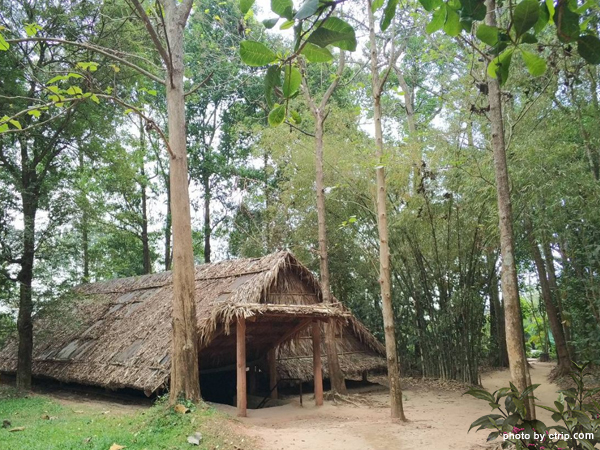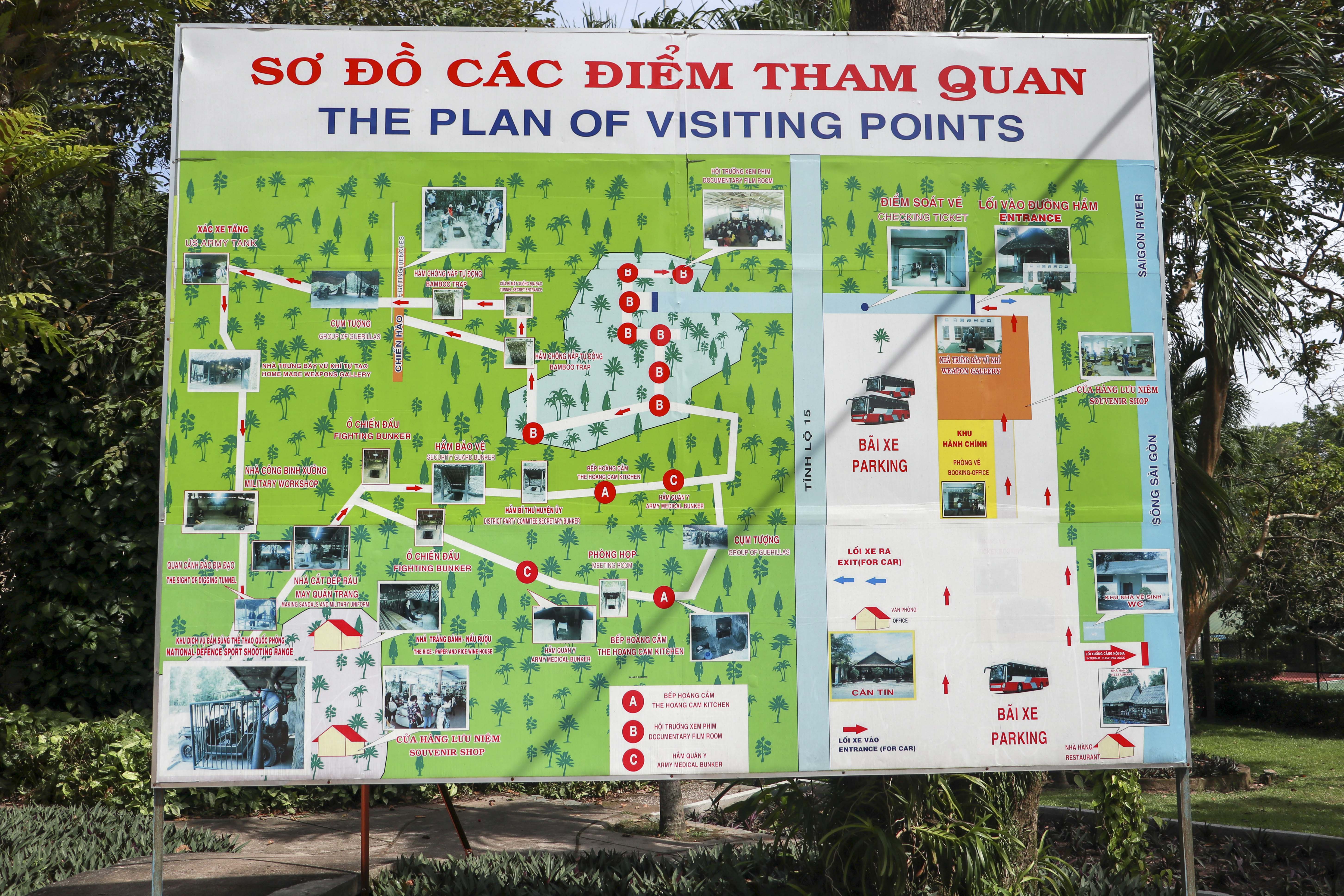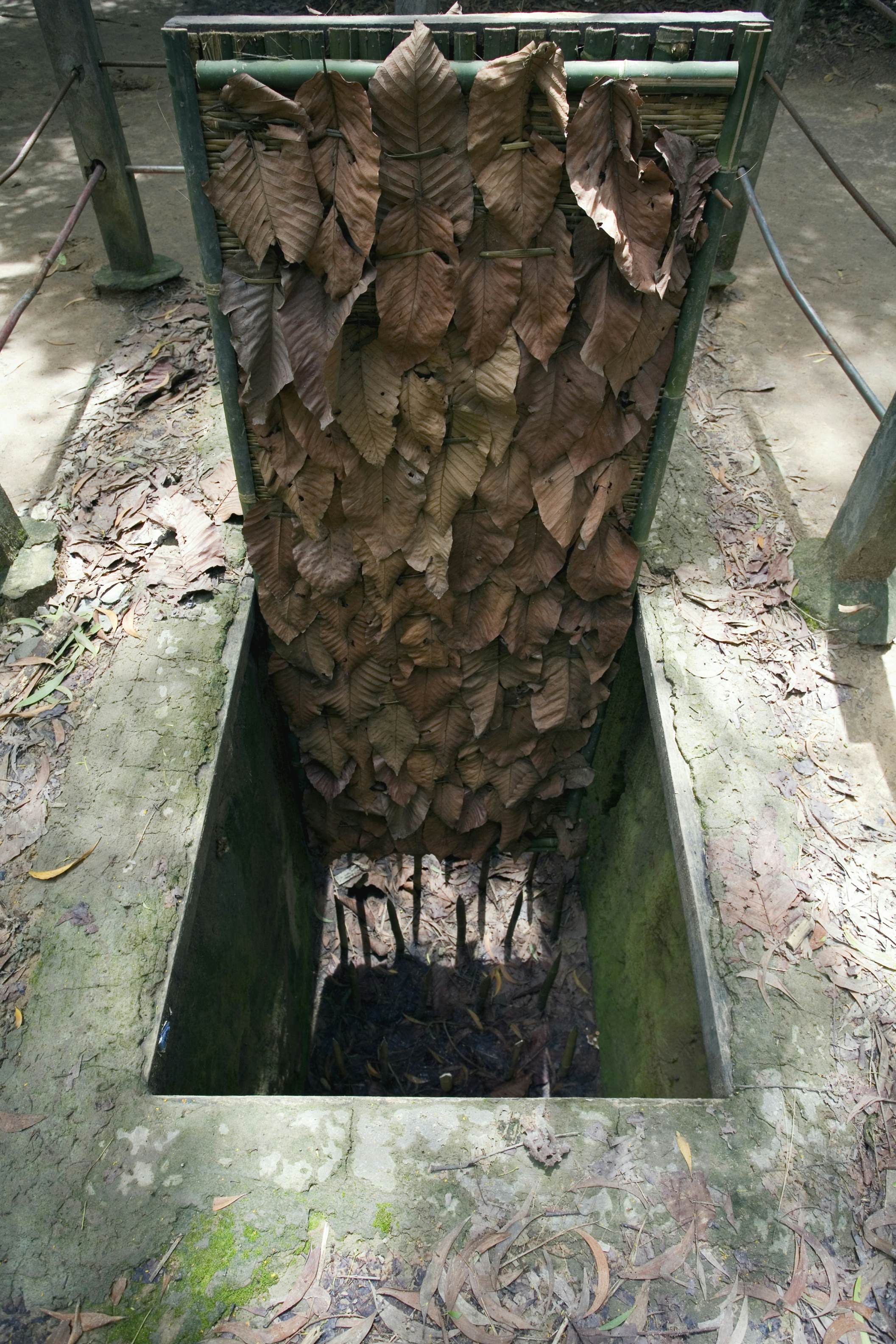Table of Contents
Nestled deep within the heart of Vietnam, the Cu Chi Tunnel Network stands as a testament to the resilience, ingenuity, and determination of the Vietnamese people. This intricate labyrinth of underground passages, dug by hand and spanning over 250 kilometers, played a pivotal role in the Vietnam War, serving as a vital supply route, shelter, and base of operations for the Viet Cong. Today, the Cu Chi Tunnels have become a popular tourist destination, attracting visitors from all over the world who are eager to learn about this significant piece of history. In this article, we will delve into the rich history of the Cu Chi Tunnel Network, its construction and design, strategic importance during the war, life inside the tunnels, and its impact on the local community. We will also explore the challenges faced by the Viet Cong in building and maintaining the tunnels, compare them to other tunnel networks, and discuss the preservation and restoration efforts that have been made to keep this symbol of Vietnamese resilience alive.
History of Cu Chi Tunnel Network

The origins of the Cu Chi Tunnel Network can be traced back to the early 1940s, when the Viet Minh, a resistance movement fighting against French colonial rule, began constructing tunnels in the Cu Chi area as a means of concealment and protection. The initial purpose of these tunnels was to hide from French soldiers and provide a safe passage for supplies and troops. However, as the conflict escalated, the tunnel network grew in size and complexity, transformed into an extensive subterranean city.
In the 1960s, during the Vietnam War, the Cu Chi Tunnels became a key strategic asset for the Viet Cong, serving as a base for attacks and ambushes against American and South Vietnamese forces. The tunnels provided a secure haven for troops to rest, store supplies, and plan military operations. The network also served as a vital supply route, enabling the Viet Cong to transport food, ammunition, and other essential supplies to the front lines.
Construction and Design of Cu Chi Tunnels
The Cu Chi Tunnels were constructed entirely by hand, using simple tools and the sheer determination of the Vietnamese people. The tunnels were dug using shovels, hoes, and pickaxes, with some assistance from bamboo sticks and ropes. The soil was then carried out in baskets and disposed of in nearby fields or rivers to avoid detection. The construction process was slow and labor-intensive, with each tunnel taking several months to complete.
The design of the tunnels was strategic and well thought out. They were built in three levels – the upper level for ventilation and escape routes, the middle level for living quarters and storage, and the lower level for combat operations and storage of weapons. The tunnels were also equipped with booby traps, camouflaged entrances, and hidden exits to confuse and trap enemy soldiers.
Strategic Importance of Cu Chi Tunnels in the Vietnam War

The Cu Chi Tunnels played a crucial role in the Vietnam War, providing a safe haven for the Viet Cong and serving as a base for their military operations. The tunnels were strategically located near Saigon, the capital of South Vietnam, making it easier for the Viet Cong to launch surprise attacks and ambushes on American and South Vietnamese forces. The tunnels also served as a vital supply route, allowing the Viet Cong to transport weapons, food, and medical supplies to their troops without being detected.
The tunnels were also used for communication purposes, with messages being relayed through a series of underground pipes that connected different sections of the tunnel network. This enabled the Viet Cong to coordinate their attacks and movements effectively, making it difficult for the enemy to anticipate their next move.
Life inside the Cu Chi Tunnels

Life inside the Cu Chi Tunnels was not easy. The tunnels were cramped, dark, and infested with insects and vermin. The living conditions were harsh, with limited access to fresh air, clean water, and proper sanitation. The Viet Cong soldiers had to endure these conditions for months at a time, often without seeing the light of day.
Despite the challenges, the soldiers adapted to their surroundings and made the best of their situation. They built kitchens, sleeping quarters, and even classrooms inside the tunnels. They also developed creative ways to make use of the limited resources available to them. For example, they used old tires and scrap metal to create makeshift stoves and ovens for cooking.
The soldiers also had to be constantly on guard against enemy attacks and booby traps. This required them to be alert and ready to defend themselves at all times. The constant threat of danger and the difficult living conditions took a toll on their mental and physical well-being, but they persevered in the face of adversity.
Tourism at Cu Chi Tunnel Network

Today, the Cu Chi Tunnel Network has become a popular tourist destination, attracting thousands of visitors each year. Tourists can explore a section of the tunnel network that has been preserved and restored for tourism purposes. They can crawl through the narrow passageways, experience the darkness and claustrophobia, and get a glimpse into the life of the Viet Cong soldiers during the war.
Visitors can also learn about the construction and design of the tunnels, as well as the various booby traps and weapons used by the Viet Cong. There are also displays of everyday items used by the soldiers, such as clothing, tools, and utensils. Tour guides, many of whom are former Viet Cong soldiers, provide informative and engaging tours, sharing personal stories and insights into the history of the tunnels.
Impact of Cu Chi Tunnels on the Local Community
Apart from its significance in the Vietnam War, the Cu Chi Tunnel Network has also had a significant impact on the local community. During the war, the tunnels provided employment opportunities for the villagers, who were involved in the construction and maintenance of the tunnels. The tunnels also served as a hiding place for civilians during air raids and bombings.
Today, the tourism industry around the Cu Chi Tunnels has brought economic benefits to the local community. Many villagers have opened restaurants, souvenir shops, and homestays to cater to the influx of tourists. This has helped to improve their standard of living and provide a source of income for the community.
Cu Chi Tunnels as a Symbol of Vietnamese Resistance

The Cu Chi Tunnel Network is not just a historical site, but also a symbol of the resilience and determination of the Vietnamese people. The sheer size and complexity of the tunnel network, built entirely by hand, is a testament to the unwavering spirit of the Viet Cong soldiers. Despite facing numerous challenges, they were able to build and maintain the tunnels, which played a crucial role in their fight against foreign occupation.
The Cu Chi Tunnels have become a source of national pride for the Vietnamese people, representing their strength and perseverance in the face of adversity. It serves as a reminder of the sacrifices made by the soldiers and civilians during the war and the importance of preserving this piece of history for future generations.
Challenges Faced by Viet Cong in Building and Maintaining Cu Chi Tunnels

Building and maintaining the Cu Chi Tunnels was no easy feat for the Viet Cong. They faced numerous challenges, including limited resources, constant threat of enemy attacks, and the harsh living conditions inside the tunnels.
One of the biggest challenges was the lack of proper tools and equipment. The Viet Cong had to rely on basic tools such as shovels and pickaxes, which made the construction process slow and labor-intensive. They also had to be careful not to make too much noise, as this could alert the enemy to their presence.
The constant threat of enemy attacks and bombings also posed a significant challenge. The Viet Cong had to be constantly on guard and ready to defend themselves at all times. They also had to be vigilant in maintaining the tunnels and repairing any damage caused by bombings or flooding.
Comparison between Cu Chi Tunnels and Other Tunnel Networks

The Cu Chi Tunnel Network is not the only tunnel network in the world, but it is one of the most extensive and well-known. Here are some comparisons between the Cu Chi Tunnels and other famous tunnel networks:
| Tunnel Network | Country | Length (km) | Purpose |
|---|---|---|---|
| Cu Chi Tunnels | Vietnam | 250+ | Military operations, supply route, shelter |
| Gaza Tunnels | Palestine | Unknown | Smuggling, military operations |
| Hoosier Pass Tunnels | USA | 0.4 | Transportation |
| Shanghai Tunnels | China | 20 | Underground city, transportation |
| Tunnels of Moose Jaw | Canada | 0.6 | Prohibition-era smuggling, Chinese immigration |
As seen in the table above, the Cu Chi Tunnels were primarily used for military purposes, while other tunnel networks have different functions such as transportation and smuggling. The Cu Chi Tunnels are also significantly longer than the other tunnels listed, highlighting the scale and complexity of the network.
Preservation and Restoration of Cu Chi Tunnel Network
Efforts have been made to preserve and restore the Cu Chi Tunnel Network for future generations. In 1988, the Vietnamese government opened a section of the tunnels to the public, which has since become a popular tourist attraction. The tunnels have been reinforced with concrete and widened to accommodate visitors, while still maintaining its original design and structure.
In recent years, there have been concerns about the impact of tourism on the tunnels and the surrounding environment. To address this, the Vietnamese government has implemented measures to limit the number of visitors per day and regulate the activities allowed within the tunnel network. There are also ongoing efforts to educate tourists about the historical significance of the tunnels and the need to preserve them.
Conclusion

The Cu Chi Tunnel Network is a symbol of Vietnamese resilience and ingenuity, showcasing the determination and strength of the Vietnamese people during the Vietnam War. The tunnels have not only played a crucial role in the war but also had a significant impact on the local community. Today, the Cu Chi Tunnels have become a popular tourist destination, attracting visitors from all over the world who are eager to learn about this important piece of history. Through preservation and restoration efforts, we can ensure that the Cu Chi Tunnel Network continues to stand as a reminder of the sacrifices made by the soldiers and civilians during the war, and a symbol of the unwavering spirit of the Vietnamese people.